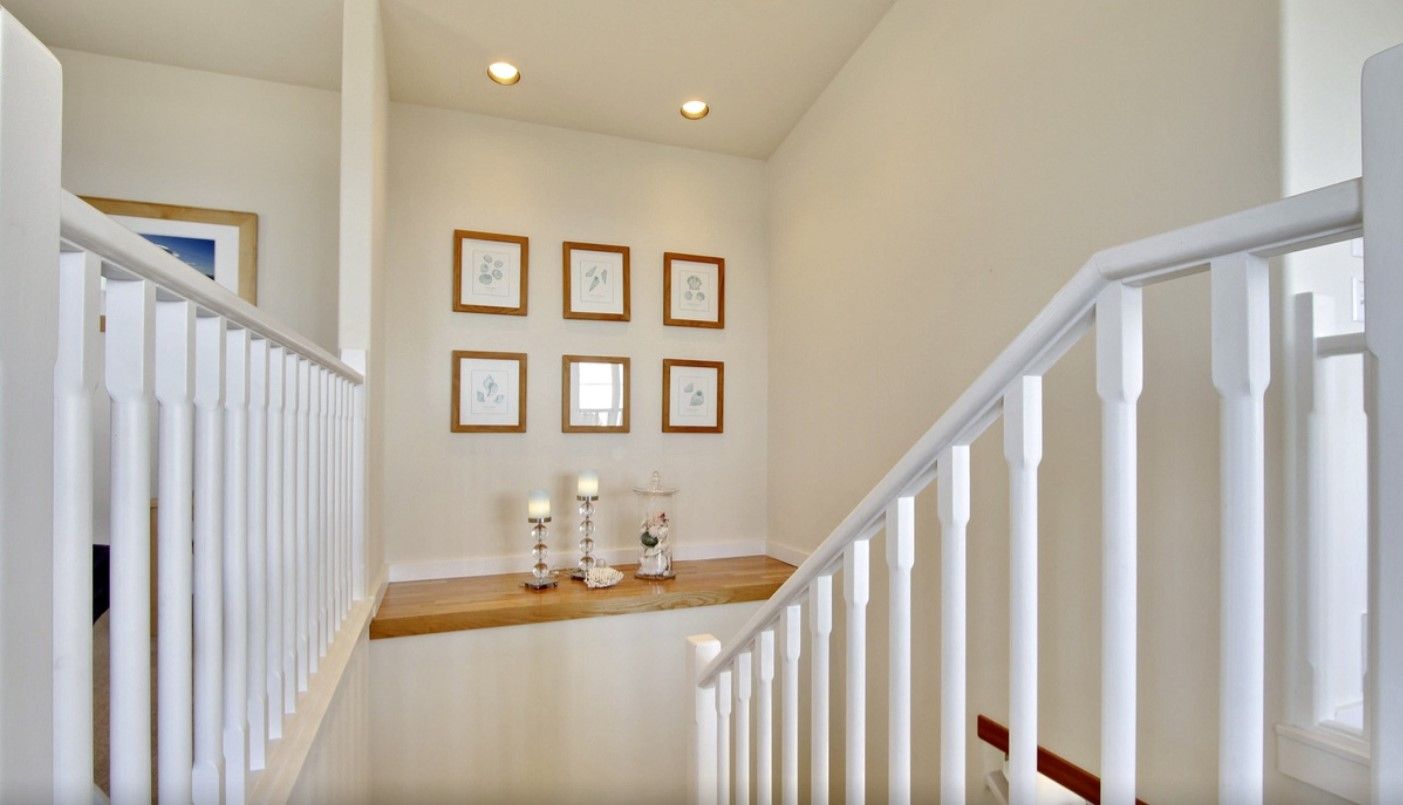The architects AQSO hit on a really interesting point when describing their proposal for the thematic pavilion of the 2012 Yeosu international exhibition, titled Wavescape. They state, ‘The old ambition of producing a really moving architecture succeeds when it responds to the site and brief requirements’. Now this is not profound on its own, I freely acknowledge. When it becomes interesting is when this quote is played off of what it is alluding to. AQSO writes that the pavilion ‘has a focus for the people to experience and understand this liquid element through the specific place in which it is located: the ocean’. So how does one represent water through architecture?
The two seem diametrically opposed in are or what they purport to be. A moveable architecture would certainly be a start. But you name me a mechanical system which moves at the level of fluidity that water does. There isn’t one. Water is weird. It is ambitious- it can be timid. It undermines and overwhelms. It can be refreshing. It shows off. The other liquid molecules think it to be the kid who ruins the curve.
So this movement, if there is any, should not be mechanistic in order to properly do its bit. The pavilion is a series of interconnected circles, positioned according to three main axis (the Main expo site axis, the Big O and the Expo Loop ) and connected as individual atoms- a molecule if you will- that are enclosed by a dual system of louvres. The interior louvres are fixed to the glass of the pavilion walls, acting as something stable for movement to be relative to. On the exterior however, the louvre system floats freely (within bounds- it is a ring, where’s it going to go?) on the water! The rise and fall of the water creates interference (moiré effect.) patterns around the two large exhibition spaces and the similar smaller ones, as the two louvre-constructed screens shift past each other, falling in and out of alignment.
Courtesy of AQSO



























